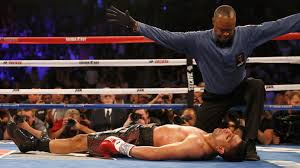
Negotiation Pearl of Wisdom #2 "I wish I'd had a Plan B..." Do You Have a BATNA? If you don't, you're not ready to negotiate. Many negotiators know what they want, but what happens if they can't get it? They invest time, energy and money to achieve their goal, and sometines it works. Often it doesn't and their not prepared if Plan A fails. This usually leads to accepting an unwanted result or ending up with nothing. Protect yourself and your team by always preparing a BATNA. Basically, it's your Plan B that you can easily shift to if Plan A doesn't work out. Your Best Alternative To a Negotiated Agreement gives you power, flexibility and security. The only requirements are that your BATNA is better than the status quo, and that you are willing to actually use it if necessary. The better your BATNA, the more power, flexibility and security you have. Want to bring your team to the next level of Negotiation? Sign them up for our Negotiation E




